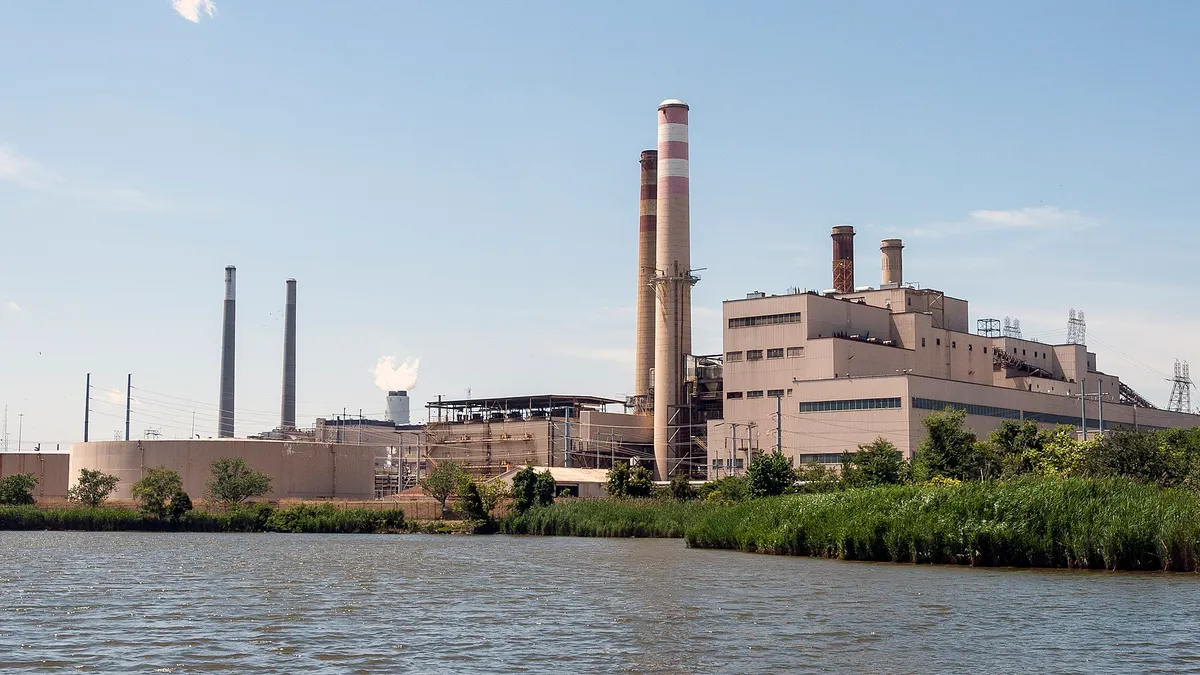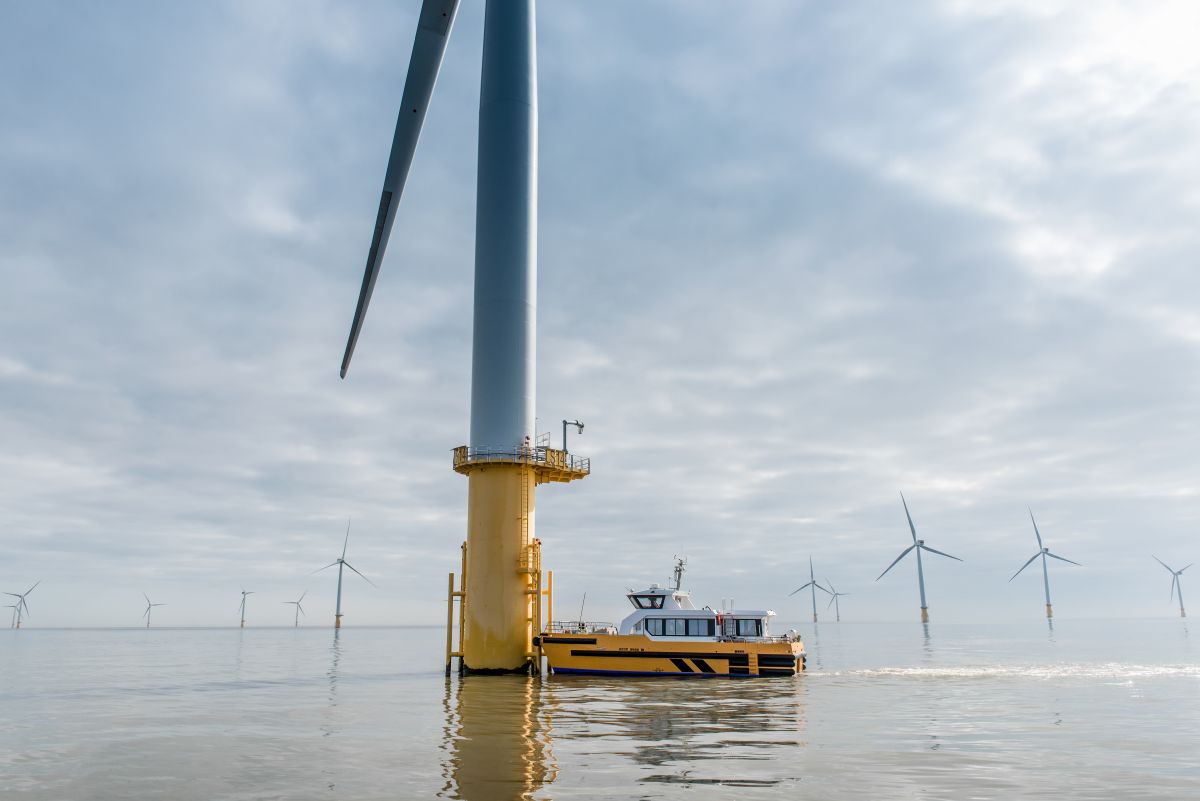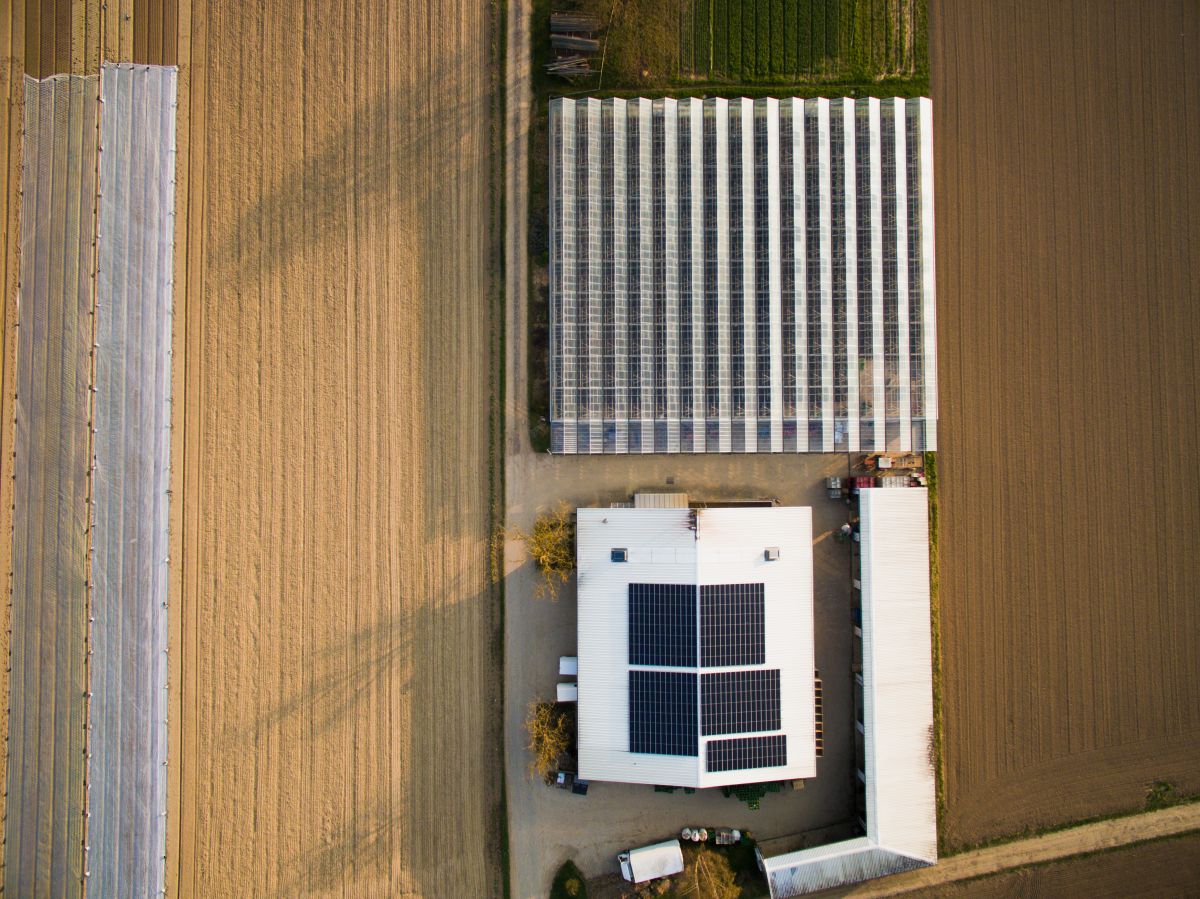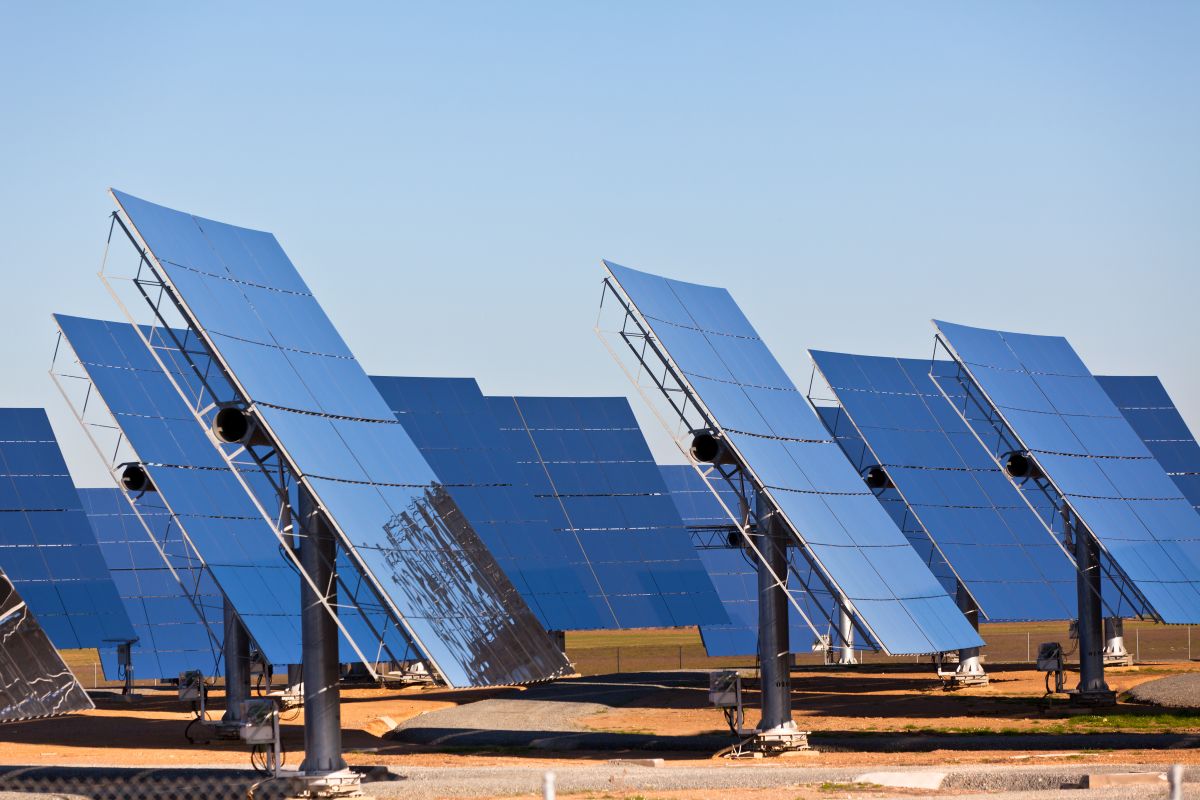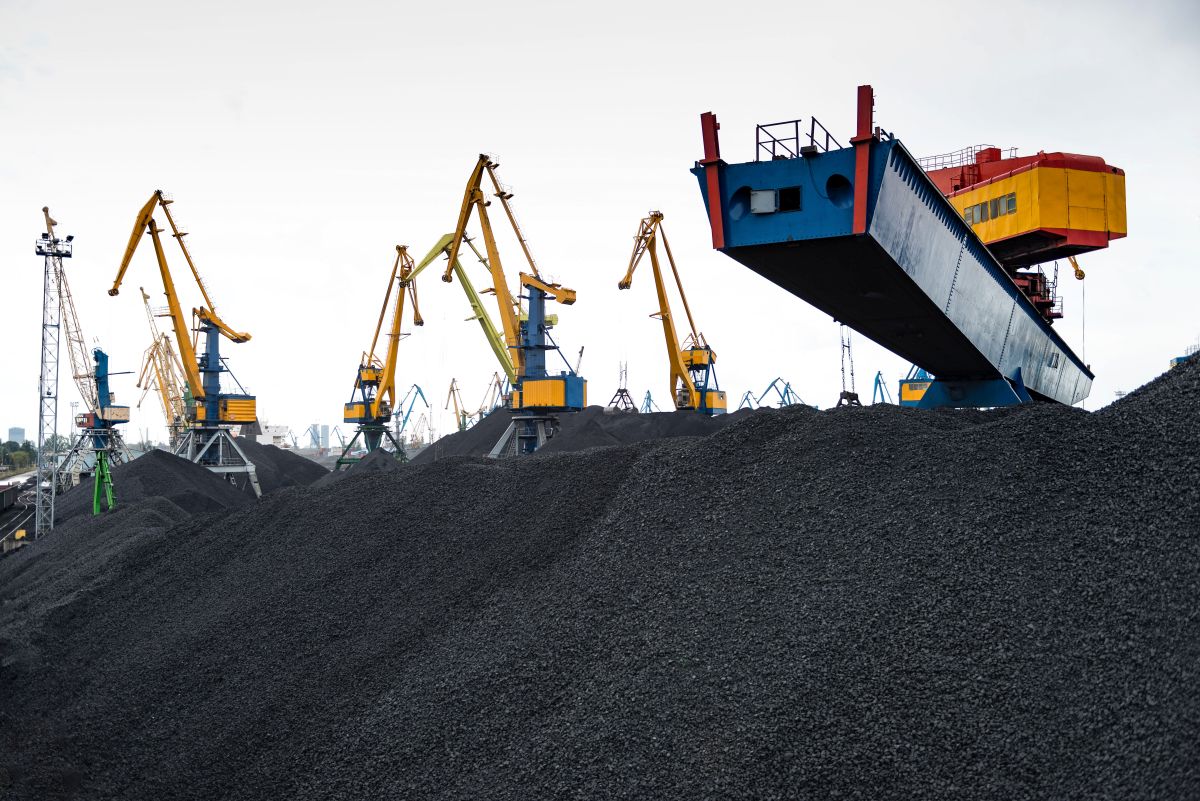WWW.DAILYENERGYINSIDER.COM
With demand for all forms of energy rising nearly across the board, energy efficiency of all types will be needed to maintain system reliability, experts said Tuesday during a panel hosted by the Alliance to Save Energy.
Rapid demand growth is the topic of the decade for electric utilities and should push electric companies to focus on strategies for making demand curves conform to generation availability-eg, energy efficiency, according to David Barclay, market area manager for demand side management and policy at advisory firm DNV.
But growing energy demand has impacted other sectors too, including natural gas, said Morgan Hoy, senior manager of policy and strategy for the American Gas Association.
Where gas utilities used to see demand peak in the winter alongside increased home heating needs, they now experience a second peak in the summer when electric utilities call on gas supplies to power air conditioners, Hoy said. And for all the talk of distributed energy resources, energy storage and demand management, she said utilities are increasingly looking to natural gas to fill the gaps when these resources don’t pan out as expected.
“Right now, when it comes to resource adequacy…natural gas is the cheapest market-scale battery that you have – the most reliable way to get energy when it is in demand,” Hoy said.
And that, she said, requires gas utilities to seek greater flexibility from their own customers as they try to meet growing demand for their own services.
Urban expansion will also drive societies to be more efficient in their energy use, according to Carrie Brown, director-at-large for ASHRAE, a trade association for heating, refrigeration and air conditioning engineers. The world’s built environment is expected to double in size by 2060, Brown said, and greater building efficiency will be needed for this expansion to move forward in a world of limited resources.
This growth in demand on all fronts requires a new approach to how utilities and regulators measure the success of energy efficiency programs, particularly when it comes to customer participation, Barclay said.
“The biggest hold up for energy efficiency historically is the level of participation,” he said. Utilities have been satisfied when the rate of participation in these programs more or less kept pace with the growth of demand, but “now that load growth is putting its foot on the gas and speeding away from us, it’s a perfect time to ask if are we satisfied with participation levels or are we ramping up.”
Barclay noted that there remain segments of the population, such as renters, who have been historically underserved by utility energy efficiency programs. Circling back to engage and enroll these customers could be a great way to grow participation, he said.
He and other panelists also highlighted outreach to local community groups and focusing on economic development and job creation as strategies to promote greater interest in energy efficiency programs. More efficiency training programs could also reach potential allies in trades outside the energy industry, Barclay said, holding up an example of a refrigerator salesperson. A salesperson who is up to speed on the benefits of conserving energy can help steer consumers toward more efficient appliances, while a salesperson who is not might accidentally steer their customers away from energy-efficient purchases, he said.
Adam Cooper, executive director of the Edison Foundation’s Institute for Electric Innovation, said utility and government incentives will also play a role in driving customer participation in efficiency initiatives. Historical data shows that when government incentives for energy efficient upgrades decrease, participation in these programs stalls or even declines, he said.
Brown, however, argued that the conversation needed to move beyond incentives to focus on the potential costs of not upgrading buildings and appliances-the potential health risks, resilience to natural disasters, and even increased insurance costs. And Barclay made the case that government policymakers should consider requiring utilities to automatically enroll customers in demand management programs unless they specifically opt-out, rather than waiting for customers to opt into these initiatives.
“The reason it needs to be policy driven is the entities that are driving these efficiency programs across the country are very customer-centric, and they don’t want to be the ones telling their customers…that this is the philosophy moving forward,” Barclay said.
Cooper said he “agreed but with caution” with Barclay on the need for more opt-out-style demand management programs. Without incentives or effective communication, he said, requiring customers to opt out of such programs risks looking like an attempt by energy companies to control customers’ appliances and energy use, he said.
Hoy also called for care in the way organizations talk about energy efficiency, saying that in the current political environment, some arguments for energy efficiency look more like calls for electrification. If the broader energy community wants to achieve its policy goals, she argued, it needs to unite around a single narrative that it can present to regulators and lawmakers.



